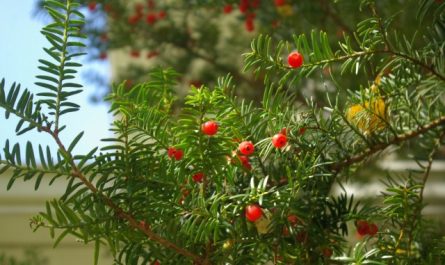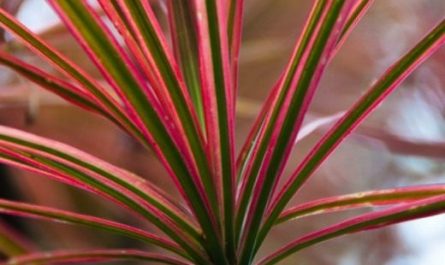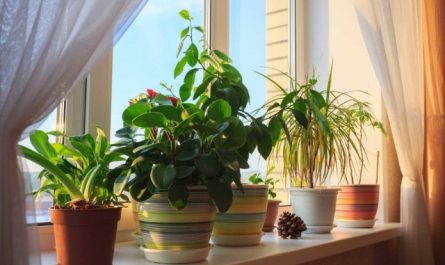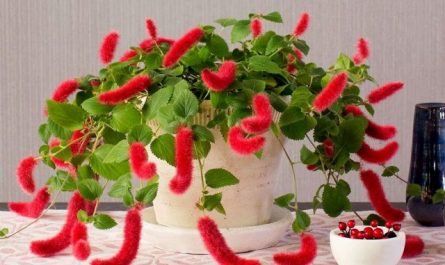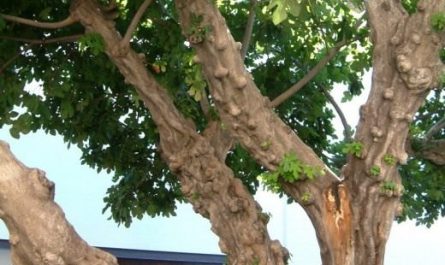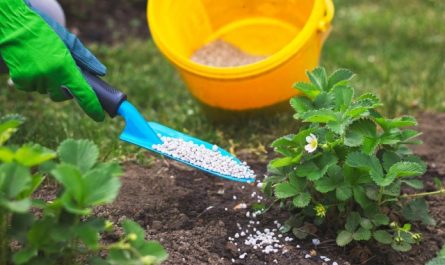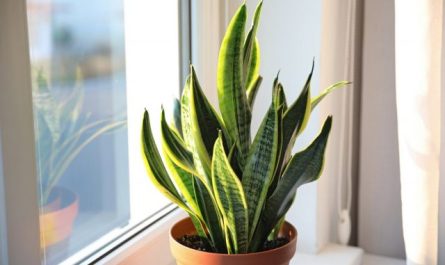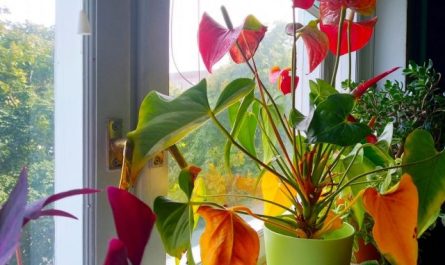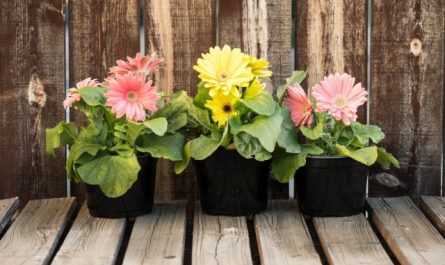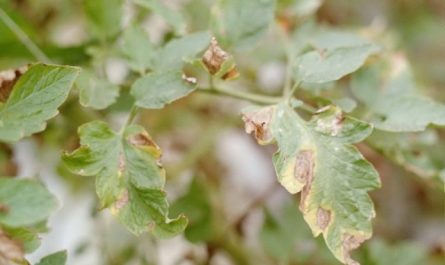Among the abundantly flowering indoor plants, plumbago has always occupied a special place. This is one of the most romantic large plants that you can imagine. Beautiful flowers, collected in loose inflorescences and covering dense bushes, seem like lacy foam from afar. Plumbago looks untidy and festive at the same time, this plant, creating a special mood, is not for everyone. Feminine and touching, plumbago is a crop with a difficult character, adoring high humidity and requiring careful care.

What does indoor plumbago look like?
Plumbago is better known as a garden plant, which is grown as a tub plant in regions with harsh winters. Wintering in a cool room does not prevent this unique and rather large plant from revealing all its beauty and surprising with an amazingly long flowering. As a room culture, plumbago is not often decided to grow, and completely in vain. More compact dimensions, but no less bright flowering allow this culture to become one of the most romantic stars of the interior.
Plumbago is one of the exotics that came to us from South Africa. Despite its love for high humidity in the room, plumbago is much more drought-resistant than its competitors. In nature, it is found not in the tropics, but in the subtropics.
In nature, there are just over a dozen different species of leadwort, but in indoor culture, only one species of leadwort is grown.
Auricular or Cape leadwort (plumbago auriculata) is a decorative flowering subshrub that can be considered both as a liana and as a bushy plant, depending on the desired shape. It is most often grown as a bush, but if desired, you can allow the plants to develop freely and show the true character of the branches. Plumbago is good in raised containers, on stands, as an ampelous crop. The shoots of Plumbago are long, but not very flexible; without control, they can stretch out to 1-2 m in length.
Plumbago has very beautiful leaves. Small, with two stipules, lanceolate-oval, up to 7 cm in length, they are very pleasant to the touch and have a light, rich color. Small foliage forms a dense, beautiful crown, which looks somewhat careless and sloppy, and during flowering only emphasizes the romanticism of plumbago. The leaves are arranged alternately on the shoots.
The plumbago flowers are very beautiful. The symmetrical five-petal corolla on a long tube-base is reminiscent of the flowers of phlox and fragrant tobacco in structure. The diameter of the plumbago flowers is limited to 3 cm, visually they are not perceived as too large, they conquer with simplicity, tenderness and texture. The flowers are collected in heads and brushes of inflorescences on the tops of shoots.
The color range of plumbago is quite limited, but no other plant has such shades of color as this one. Sky-blue, rich watercolor shade, white or muted carmine-pink tone – that’s all the variations.

Optimal conditions for growing indoor plumbago
It is quite easy to find suitable conditions for plumbago in rooms. This plant needs the brightest windowsill. It is much more difficult to satisfy the plant’s temperature requirements.
Adapting to indoor conditions, the plumbago, however, hardly changes its garden habits. This plant loves fresh air and prefers a cool winter. These two most difficult requirements for growing conditions should be taken into account when buying.
Lighting and placement of lead in the interior
When moving indoors, the plumbago does not change its character and remains a plant that needs maximum bright lighting. Therefore, it is better to place plumbago in the house only on windowsills, and preferably southern or partially southern ones.
Direct sunlight is not dangerous for the plant, with the exception of midday sun when kept without regular ventilation. Both partial direct lighting in the morning or evening and diffused bright light allow for colorful flowering. Plumbago needs to be accustomed to any changes in lighting gradually, avoiding sudden changes when moving to a new location or with an increase in lighting intensity in the spring.
These light-loving stars do not like artificial supplementary lighting during the period of active development, but in winter, using phytolamps, you can compensate for the lack of light and prevent the shoots from stretching and some of the leaves from falling off. If there is no possibility to provide supplementary lighting and it was not carried out, then the plant will recover only after pruning in the spring.
Plumbago is a wonderful soloist, but this plant will not get lost in groups. It is not afraid of the neighborhood with other vines, looks good with smaller flowering crops. When placing plumbago, it is worth considering the rate of its growth and the length of the shoots. Since this is an extremely light-loving plant, it can only be placed on windowsills.

Temperature conditions and ventilation
Plumbago does not tolerate heat very well. Air temperature readings exceeding 22-23 degrees can only be compensated by an abundance of fresh air and increasing humidity to the maximum.
Despite its status as a garden tub plant, plumbago is not a cold-resistant crop at all. It should overwinter in conditions where the minimum temperature is limited to +7…+8°C. The plant is not afraid of short-term cold spells, but it is better if the air temperature remains stable and is limited to the range of +10…+15°C.
The transition to winter maintenance in a cool place is best done smoothly, with gradual adaptation to new conditions. Wintering at low temperatures is desirable, but not mandatory. Plumbago can overwinter in warmth. But it will lose its decorative qualities, require more radical pruning and shed its leaves. In the spring, with proper care, the plant will quickly recover.
Plumbago prefers to spend the summer outdoors, near a constantly open window or on a balcony. Indoor plumbago can be taken out into the garden, but they need to be removed long before the original tub plumbago. Frequent airing is an important measure when growing plumbago indoors, regardless of the season. The plant needs to be protected from drafts, but without access to fresh air it is too vulnerable to diseases and pests.

Caring for a plumbago at home
Among the beautifully blooming and abundantly blooming indoor plants, the plumbago is rightfully considered one of the “medium” undemanding ones. This plant is more suitable for experienced gardeners. But you can practice the skills of forming and growing plants that require more stringent conditions on it. The most difficult thing in caring for the plumbago is to prevent the substrate from drying out. But pruning and maintaining air humidity also do not make caring for the plant easier.
Watering and air humidity
It is important for plumbago to maintain stable soil moisture throughout the active vegetation and flowering stage. Water the plant moderately, with small portions of water, but quite often. In summer, plumbago is watered up to 3 times a week, as soon as the top layer of the substrate dries out. During the dormant period, watering is reduced, reducing soil moisture, but not allowing it to dry out completely. Drought results in partial or complete loss of leaves. Any over-watering is very dangerous. The approximate frequency of winter watering is once a week.
The higher the air humidity for this plant, the better. Ideally, the indicators should be 80-85%. Plumbago tolerates dry air well only in moderate temperatures. It will not be possible to maintain comfortable air humidity for plumbago only by spraying.
For the plant, it is necessary to install humidifiers or their analogues – from indoor fountains or additional sources of moisture to bowls and trays with wet pebbles, expanded clay, moss. Before flowering, the plant can be showered periodically.
Top dressing and fertilizer composition
The standard fertilizer application scheme is perfect for plumbago – together with water for irrigation, only during the period of active growth and with a frequency of once every 1 weeks.
Plumbago is not demanding in terms of fertilizer composition. Universal complex fertilizers for indoor plants are suitable for it, but if you want to achieve the most spectacular flowering, it is better to use fertilizers for beautifully flowering plants.

Pruning and shaping of the leaden plant
Without shaping, it is impossible to achieve high decorativeness from this plant. The shoots of the plumbago tend to stretch, constantly grow in length, do not branch, are not very flexible. If the plant is grown in an ampelous culture, then the shoots are shortened only so as to maintain beautiful outlines and not allow them to stretch too much.
When growing on a support, pruning is not necessary, except for pinching the tops. But to obtain beautiful spreading bushes, pruning is mandatory.
For plumbago, pruning is best done in early spring or February. As with all plants that bloom only on young branches, the main goal of pruning is to stimulate the growth of strong shoots and abundant flowering.
All plumbagos are formed into a skeletal base of three or four strong shoots, and all lateral shoots are cut to 2/3 of their height, leaving 2-3 pairs of leaves. Pinching the tops stimulates the growth of lateral branches.
As with most shrubs, it is better to remove weak or thickening branches from the plumbago. If desired, the bushes can be given a strict shape and even formed into a standard indoor plumbago.
If the plumbago stretches out, the leaves become smaller, the distance between them increases and the plant loses its decorative effect, you need to resort to urgent pruning before the conditions are adjusted. Shortening the shoots to several pairs of leaves will allow the plumbago to recover faster. Renewal or restorative pruning is carried out more radically, cutting off all shoots to a height of 30 cm.
When grown in regular pots without pruning to control the plant’s contours and prevent shoots from falling apart, plumbagoes need supports. It is better to install them in advance when replanting the plant and gradually, as it grows, tie the plants to them.
This crop can be grown not only on trellises, but also on original figured modules. When tying up shoots, you need to act carefully, take into account the rather poor flexibility of the branches and use soft materials. The shoots do not cling to the supports on their own.

Transplantation and substrate
This large plant is replanted only in early spring. Usually, plumbago is replanted annually, after pruning at a young age and only as needed – for adult plants. One replanting every 2-3 years is quite enough. The plants develop quite actively.
For plumbago, it is better to choose a universal, permeable substrate with high nutritional values. They prefer slightly acidic soil with a high peat content. This plant feels great in a regular purchased substrate for flowering plants. If you mix the substrate yourself, it is better to create it on the basis of turf soil, adding half as much sand and peat to it.
The plumbago should be carefully rolled over, avoiding contact with the roots. Only the upper contaminated layer of the substrate is removed from the old earth lump.
Diseases, pests and growing problems
Plumbago often suffers from indoor pests, especially from insects that are active in dry air. Spider mites and scale insects are the most dangerous enemies of this indoor plant.
When growing plumbago, the following problems often arise:
- stretching shoots in the shade;
- leaves become smaller in the shade;
- stopping flowering when the substrate dries out;
- browning of leaves due to irregular watering.

Reproduction of plumbago
New plumbago bushes can be obtained from cuttings and from seeds. Both methods are not too complicated, but the bushes will have to wait several years to achieve maximum decorativeness.
Plumbago seeds are sown with a light covering in a moist substrate consisting of equal parts of sand and standard soil. They need not only greenhouse conditions, but also a stable temperature of about +20°C. Picking is carried out after the appearance of true leaves in small individual containers. Subsequently, the plants are transferred as needed.
The easiest way to propagate by cuttings is to use the branches left over from spring pruning. After treatment with growth stimulants, the shoots are deepened into wet sand. When covered with a cap, maintaining stable humidity and a temperature of about +16°C, they take root in 2 weeks.
The plants are transplanted into small containers and grown with standard care, replanting as they grow. Plants obtained from cuttings bloom already in the current year, but you can fully enjoy the beauty of flowering only when the bushes have grown a large vegetative mass.
